The nickname was intended to make fun of how difficult it was to detect the particle. It took nearly half a century and a multi-billion dollar particle accelerator to do so. He told Melissa Block that the name was born out of a joke, a working title he never thought the publisher would buy. The particle was detected both by the LHC ATLAS detector and by the Compact Muon Solenoid (CMS) detector.
But as Marcelo Gleiser of 13.7 from NPR explained, the nickname doesn't fully explain the particle because, although it has a centralizing influence, it is nothing at all divine. Lederman and two colleagues shared the Nobel Prize in Physics in 1988 for their discovery, 26 years earlier, that elusive particles called neutrinos are of more than one type. A boson is a force-carrying particle that comes into play when particles interact with each other, and a boson is exchanged during this interaction. CERN estimates that, after the update each year, the accelerator will create 15 million of these particles.
In fact, he said, for us, who are atheists, it is a kind of evil and terrifying particle that obfuscates what is really happening. The mass of a particle determines how much it resists changing its velocity or position when it encounters a force. First, the publisher did not allow us to call it the Damned Particle, given its evil nature and the expenses it is causing. Particles, such as protons, made up of quarks obtain most of their mass from the bonding energy that holds their components together.
However, as physicists populated the particle zoo with electrons, protons, bosons and all kinds of quarks, some pressing questions remained unanswered. In fact, the name is likely to stick, he said, just like another famous derogatory term has been done by The Big Bang. For example, when two electrons interact, they exchange a photon, the particle that carries force in electromagnetic fields. This is because the spontaneous rupture of symmetry does not occur with photons as with their force-carrying companion particles, the W and Z bosons.
In addition, the investigation of this elusive particle will deepen during the third round of the LHC and, in particular, when the improvement of the high luminosity of the particle accelerator is completed in 2029 (opens in a new tab). As scientists neared the end of the 20th century, advances in particle physics had answered many questions related to the fundamental components of nature. For example, the photon, which is the particle of light that carries electromagnetic force, has no mass.
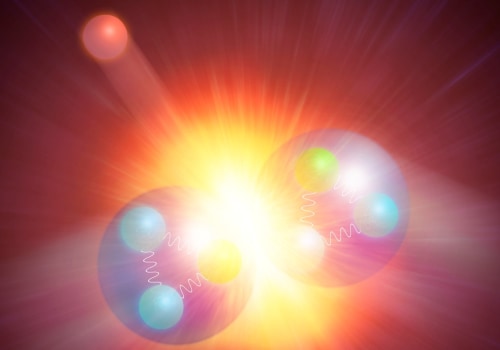
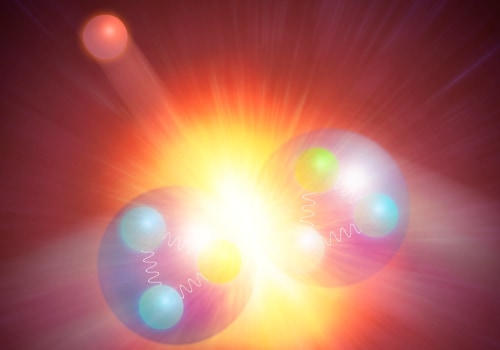
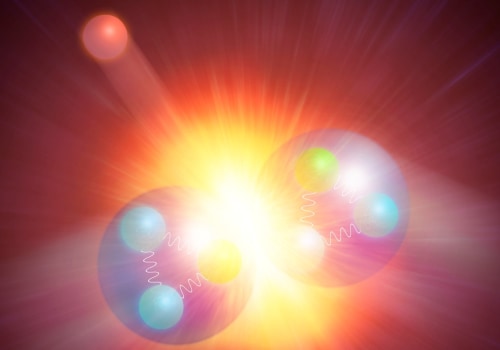
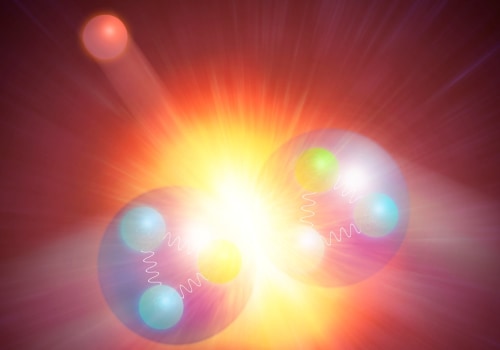
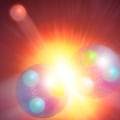
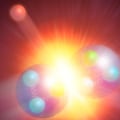

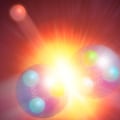

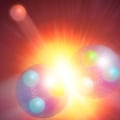
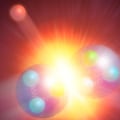
Leave Reply